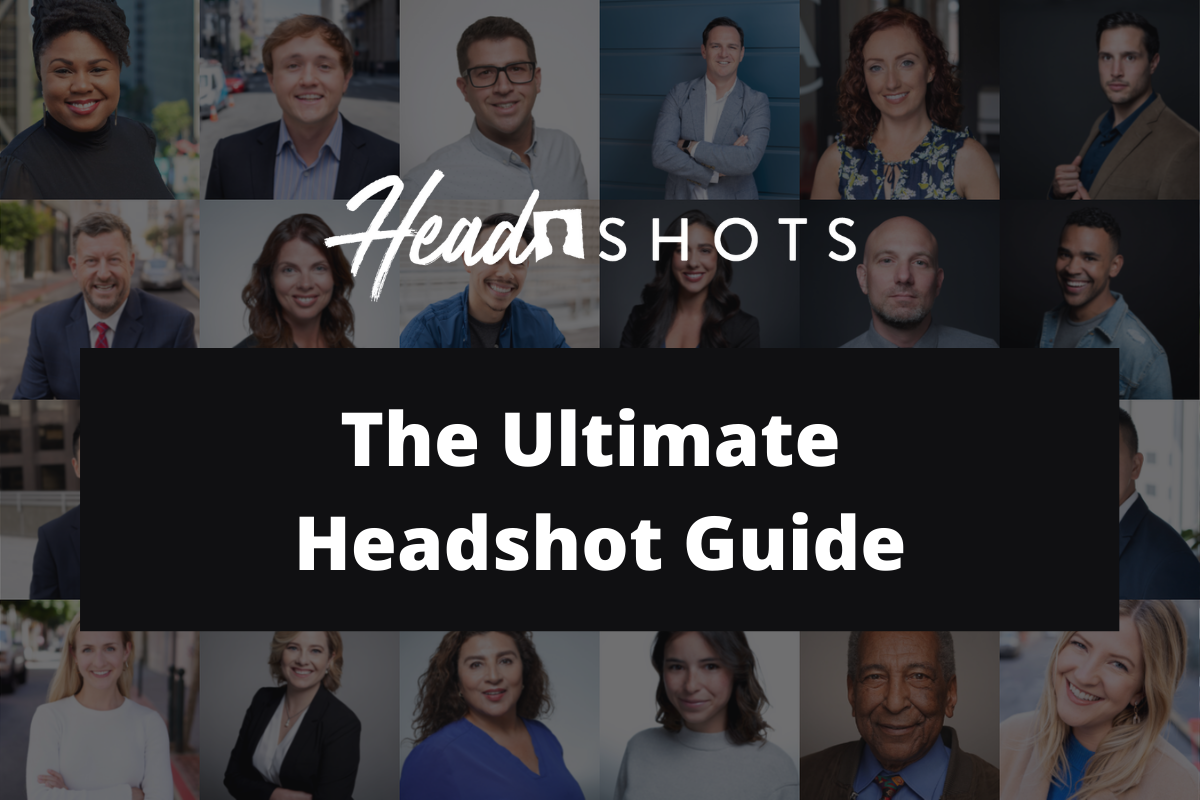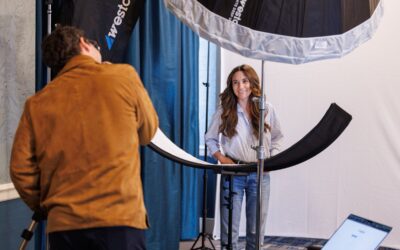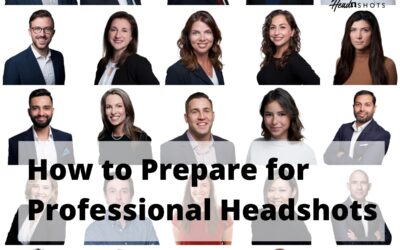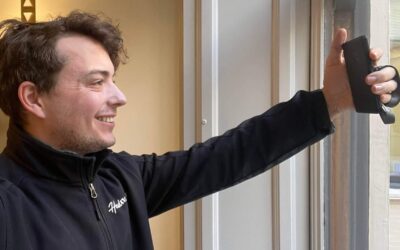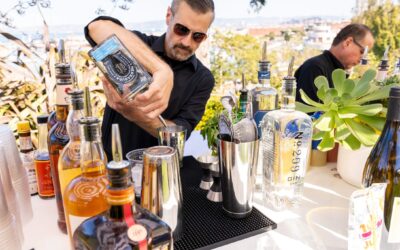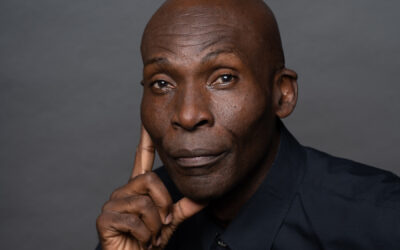If you’re in the market for a new professional headshot, you might be wondering what style best suits your unique purposes.
While it’d certainly make our life easier if every customer should just get the same headshot 😅…the reality is that different people should strategically focus on conveying different things with their headshot.
A realtor should look hard-working and savvy.
A conference speaker should look interesting and charismatic.
A salesperson should look honest and friendly.
An executive should look experienced and smart.
An actor should look attractive and appropriate for the role they aim to play.
And so on…
Professional headshots can create a powerful first-impression on people who see your photo, but exactly what is conveyed for that first-impression depends on these six elements:
Headshot Factor #1: Background

Your backdrop can say a lot about you. For anyone getting professional headshots taken, the three options available are studio, outdoor, or in-office.
Studio backdrops are the most flexible and traditional option. They convey professionalism and make it obvious that you actually-took-the-time to get a professional headshot. You don’t need to worry about the wind, sun, or distracting objects in the background.
If you’re booking for a group, these are also best for photographing groups of people so that they have an identical background for a company About Us page or other marketing materials.
We would highly recommend using a modern flat or halo-style backdrop like the ones used at HeadShots Inc. Please TO HOLY HEADSHOT GODS, don’t use a “painted” or felt-style backdrop…unless you’re going for an “early 90s yearbook photo” vibe.
Outdoor backgrounds are more casual and friendly. You may have to struggle with weather, wind, and time-of-day factors, but an urban (for professionals), gritty (for artists), or natural (for authors & activists) background can be appropriate in different situations. These backgrounds are also more unique. This is a good option for environmental activists, authors, or business professionals that work in outdoor-type fields.
It’s important that your background for an outdoor shot has an appropriate amount of blur (something photographers can control using something called “aperture”). It’s fairly common to see an iphone headshot taken directly in front of a wall or bushes, and it just looks distracting/awkward. A correct amount of blur will make sure that you are the star of the photo.
In-office backgrounds are both friendly and professional. A high-end office can make a great background for a headshot. But, if you realistically don’t have access to an office that would photograph well, you’re better off going outdoors or in a studio.
Headshot Factor #2: Backdrop Lighting
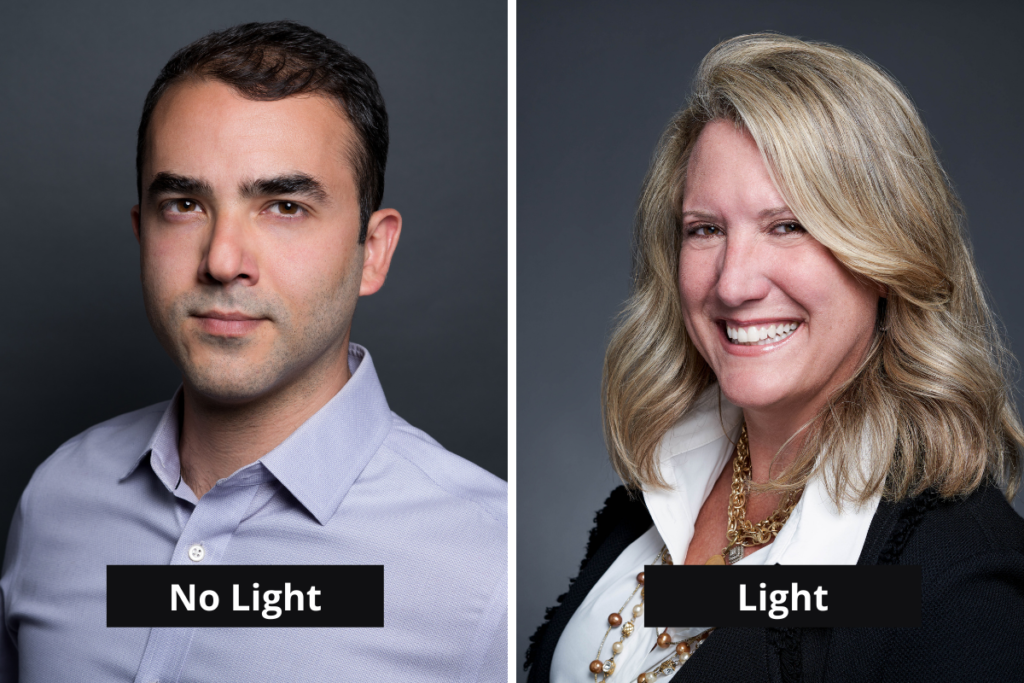
Backdrop lighting is primarily relevant for studio headshots. In those cases, are you using a background light or no background light?
In a studio, a background light makes the headshot look more “corporate” and “polished” – a popular choice for most professional industries from finance to technology.
Removing the background light makes the headshot look more “artistic” or “edgy”. This option is good for authors, actors, or business professionals who want to appear innovative.
Headshot Factor #3: Face Lighting
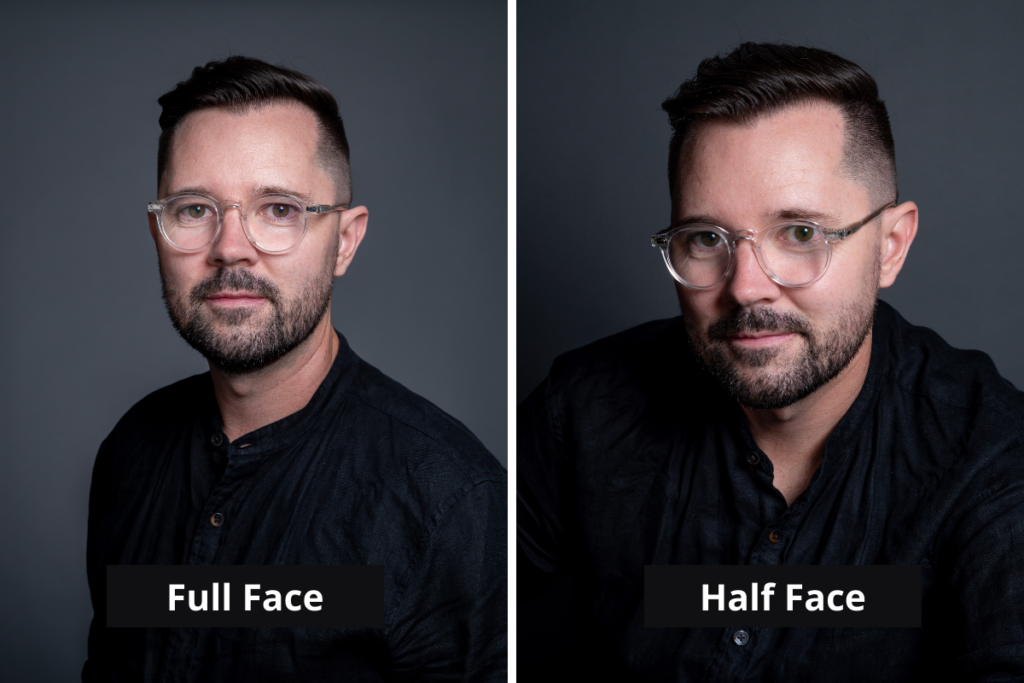
Do you shoot with full-face or half-face lighting?
Full-face lighting is generally more flattering and corporate-looking.
Half-face lighting is good for looking more “edgy” and masculine in your photo.
Headshot Factor #4: Clothing
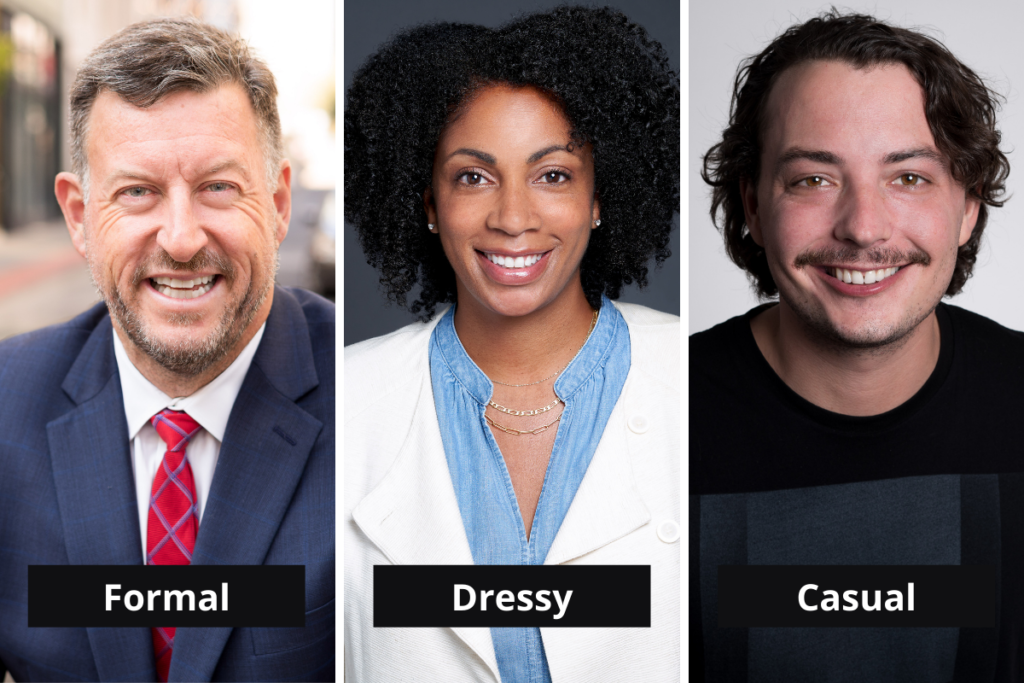
Your clothing is critical for conveying your personality-type and place in the world.
A suit and tie will obviously be more corporate and traditional – good for banking, finance, insurance, and other business service fields.
Dressy-casual clothing will convey some polish, without “stuffiness” that some clients complain about from prior headshots. (Although, as long as you have an authentic smile, casual pose, you don’t need to look stuffy in your headshot just because you’re wearing a suit.)
Casual clothing conveys friendliness. But, be warned, “casual” should not be mistaken for “old” or “pajama” clothing. You’ll still want to bring new-looking clothing and stick with solid colors.
When in doubt, book a session that allows for a clothing change in the middle. You will never regret having both a formal and casual option to use in different situations.
One Note of Warning: Sometimes, customers feel that they’re friends and co-workers look much more casual on LinkedIn than they do, and so they push to wear very casual clothing in their headshot. When thinking about your clothing, consider the audience of people you’d like to impress. Do they want to work-with and listen-to a person in a t-shirt? If so, go for it. If not, it’s a mistake to assume that they share your personal preferences.
Headshot Factor #5: Expression
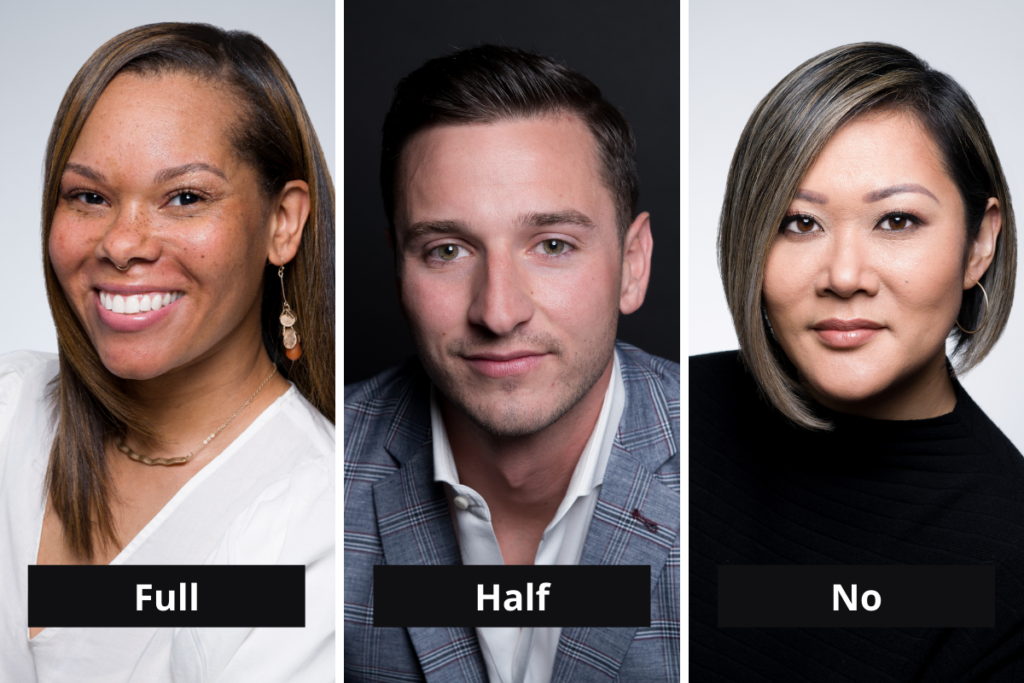
Smile, half-smile, or no smile. We recommend every client tries all three during their shoot…but if you hate smiling, we won’t force you.
Alternating expressions will keep your face from getting too tense/bored during the session.
Afterwards, you can decide which expression best suits your purposes.
In general:
Smiles are good for looking friendly and eager to help.
Half smiles are good if you’re trying to avoid looking “over eager” in your photo. But, you don’t want to appear unfriendly either.
No smiles are good if you’d like to look serious or edgy.
But what if you hate smiling? Well,
Headshot Factor #6: Pose
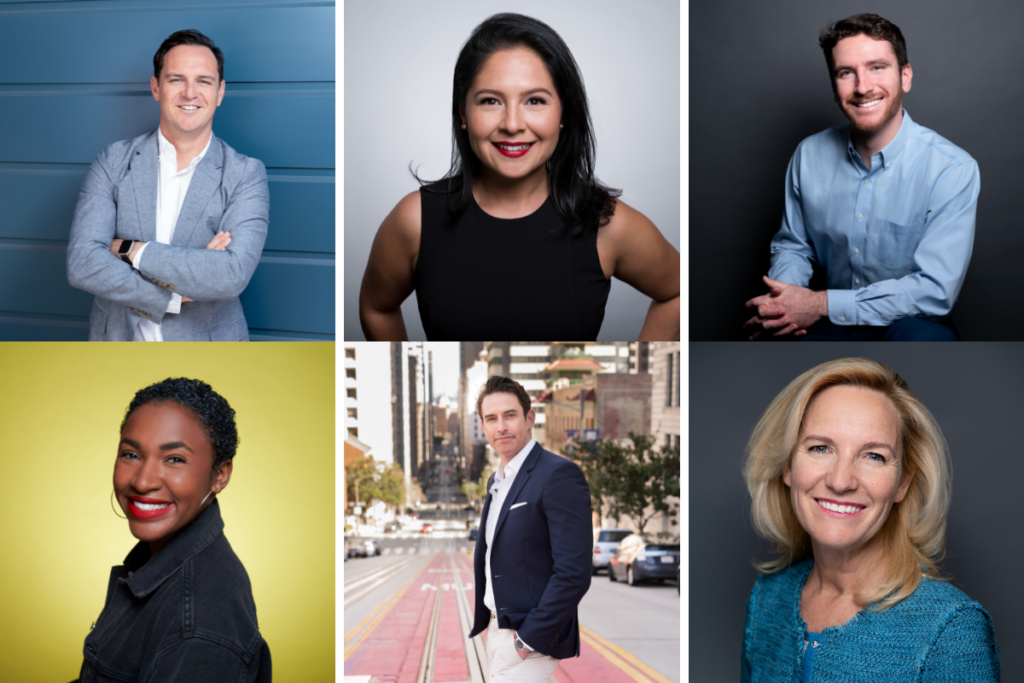
There’s theoretically limitless poses. We wrote a whole article about the poses here, but there’s generally:
Standard: Just stand there and leave your hands at your sides. They’re going to get cropped out anyway, so it doesn’t really matter. Standing straight-on to the camera conveys openness and authenticity. While slightly turning can be more professional and flattering.
Arms Crossed: Want to convey more strength and authority? Go for the classic “lawyer pose”.
Hands at Hips: This one is just a tad bit femine, but conveys an eagerness to work. The space between your arms and torso can also be flattering.
One Hand in Pocket: More casual than the standard shot. This is a good alternative for males who want that flattering space between the arms and torso.
Over the Shoulder: Flattering and casual. These shots look like the photographer stumbled upon you in the studio.
Lean-In Chair: Leaning forward on a chair or railing can be a natural way to extend your neck, strengthen your jawline (flattering), and appear friendly in your photo.
There’s other more “advanced” poses you can try, but they oftentimes look pretentious and overly-staged. You don’t want to use a “cinematic” headshot for an investor presentation, LinkedIn profile, or company website – people will think you’re self-obsessed.
On top of pose, a good photographer can use the camera angle to convey either additional power or additional friendliness.
Shooting from below the chin conveys power and cool-ness. (If you’re trying to hide a couple spare pounds on your neck, this will not do you any favors though.)
Shooting from above the forehead can look more casual, friendly, and flattering. You don’t want to look like a peon though, so these are worth trying, but don’t only shoot this way.
On top of pose AND angle, you can also try looking both on-camera (more professional) and off-camera (more candid/casual) for different shots.
Candid shots can be fun and friendly, but there are likely certain scenarios where they look too casual in a business setting. They’re great for dating headshots though!
Last Note: Make Sure to Know Thyself!
At the end of the day, all of these factors can get mixed-and-matched into a headshot that’s perfect for you. For example, a big smile can be a great compliment to an arms-crossed pose. One element conveys strength, the other friendliness.
A studio background can help make casual clothing look more professional. One element conveys casualness, the other professionalism.
But, beyond the first-impression you want to convey, you should also be realistic with yourself.
If your schedule is already crazy, booking an outdoor shoot in an obscure location is adding needless complications. (Meaning you’re less likely to get this task off your “to do” list.)
If your office is messy and full of co-workers in the background, an office shoot with an clean background will be hard to come by.
If you’d like your photo to look more flattering, don’t book an outdoor session with a famous landmark in the background (that requires us to shoot from below your chin).
So, consider what image you want to convey, but also consider that any well-executed professional headshot is better than having a bad or outdated headshot.
So, hire the right headshot photographers and they can help you sort these factors out.

